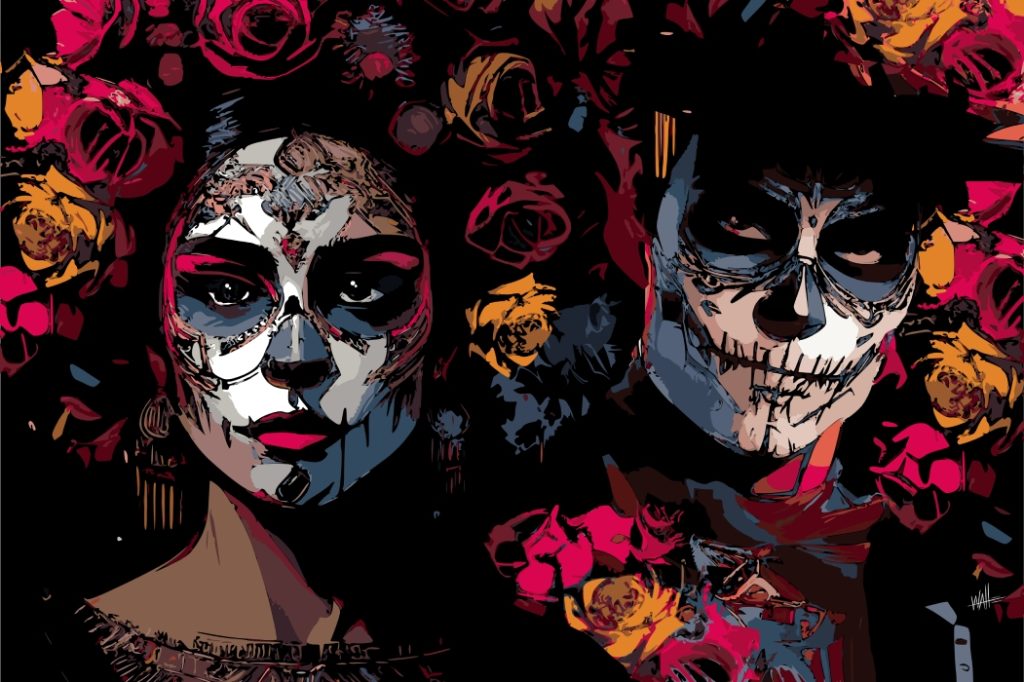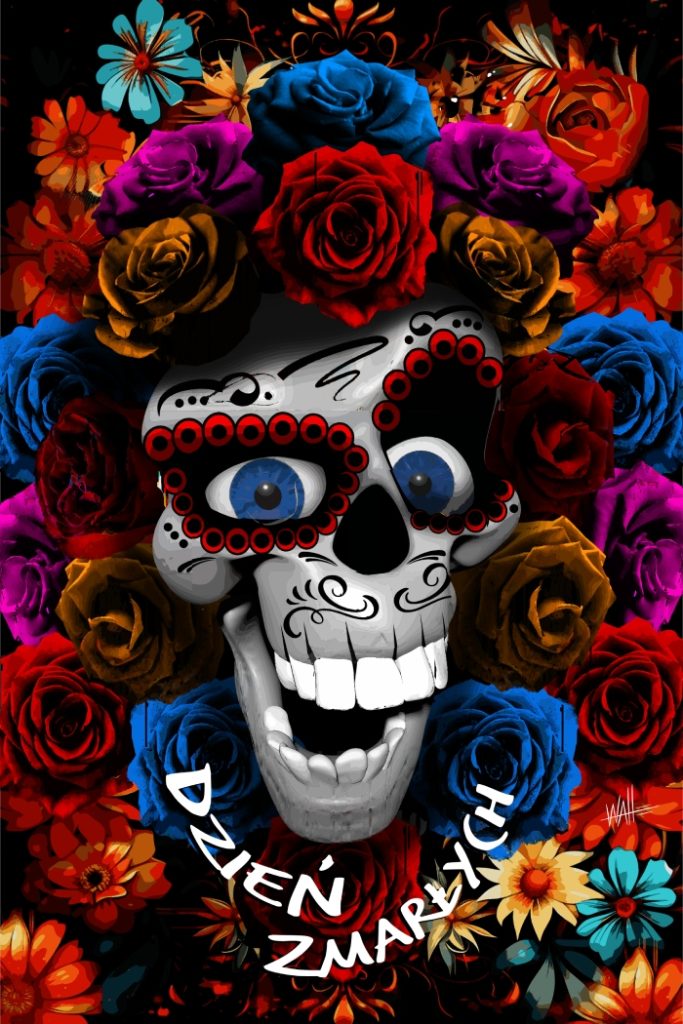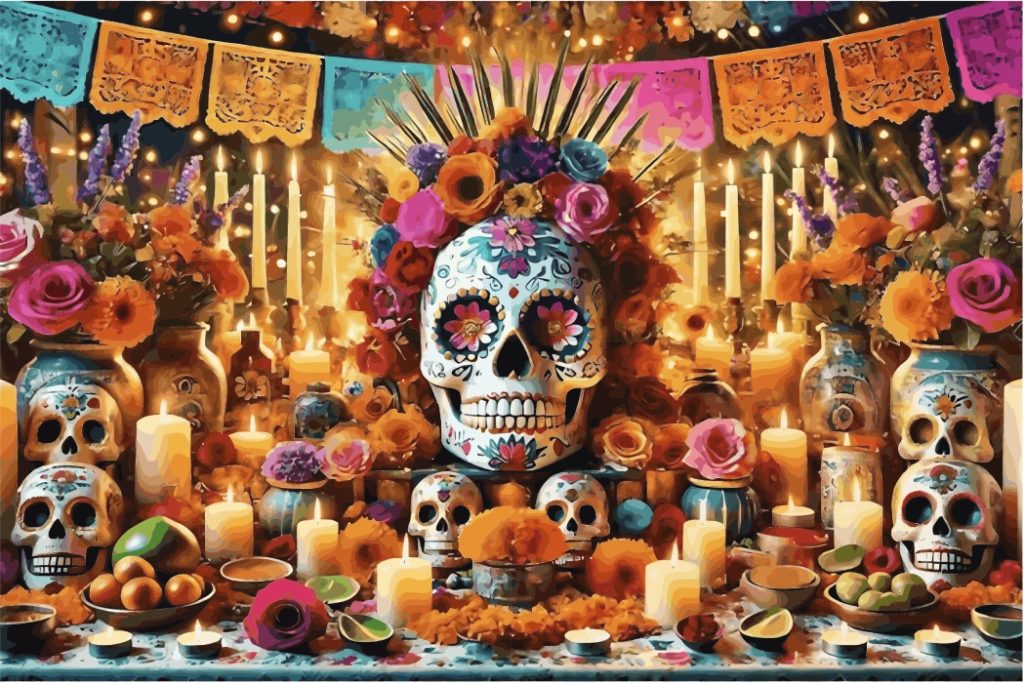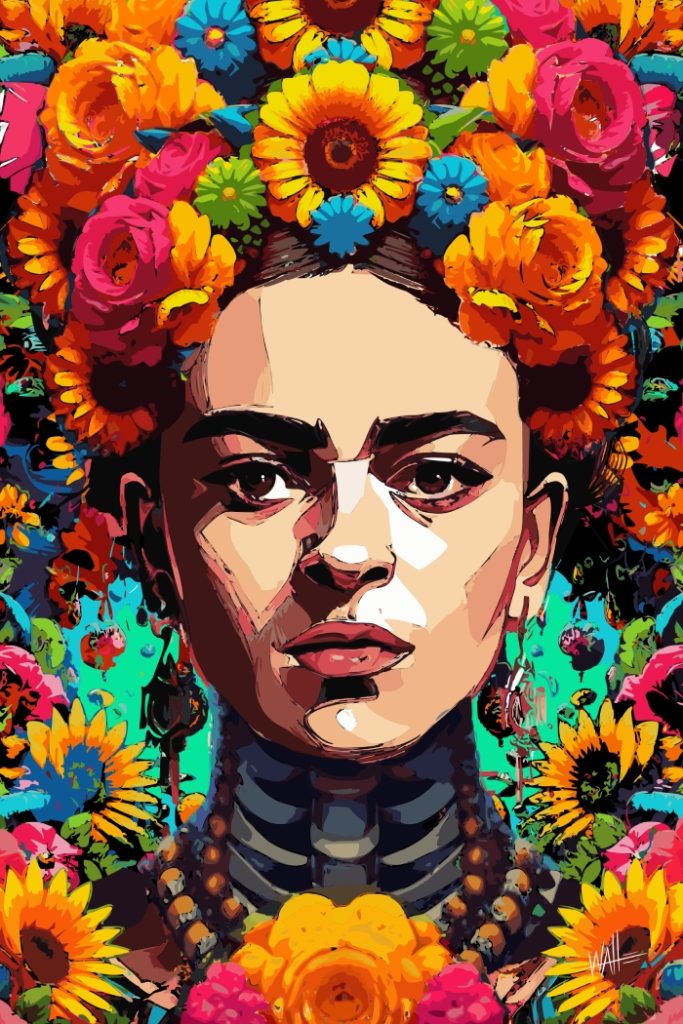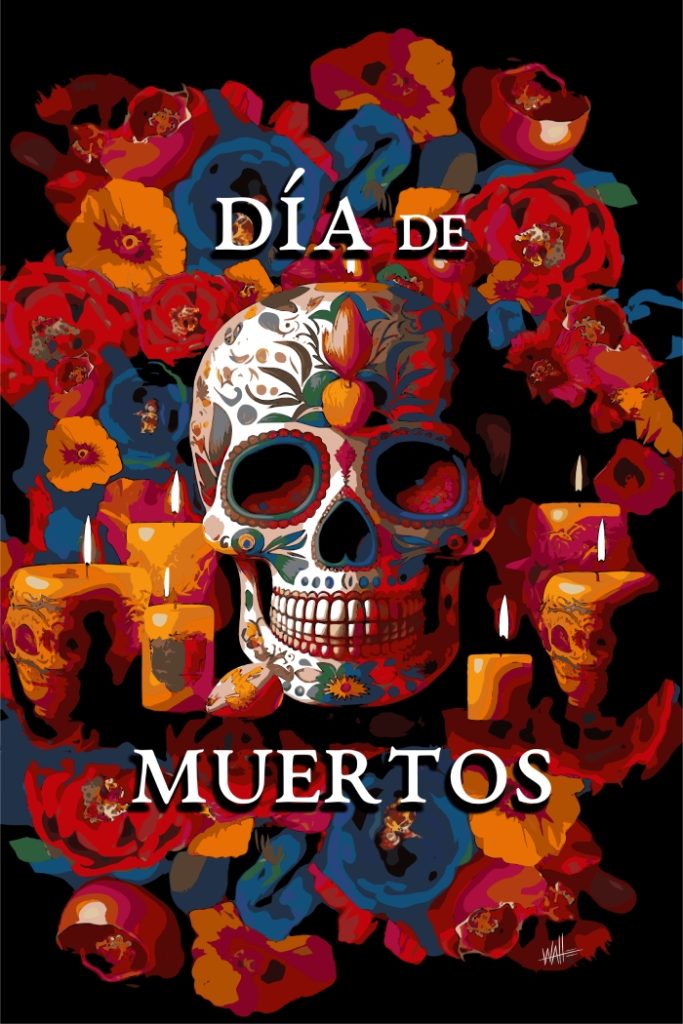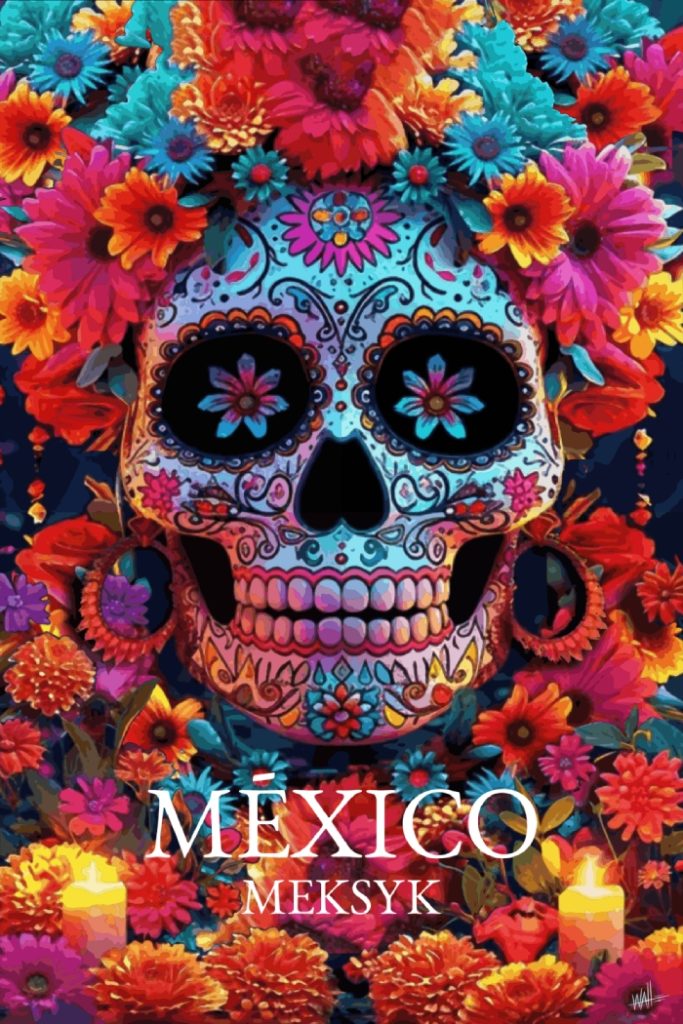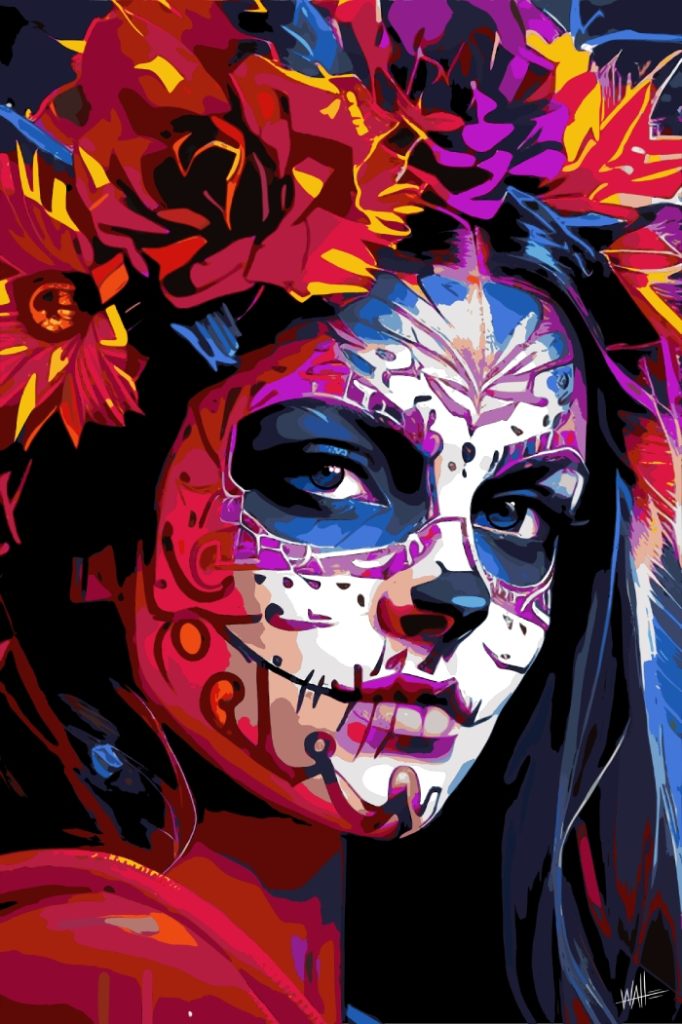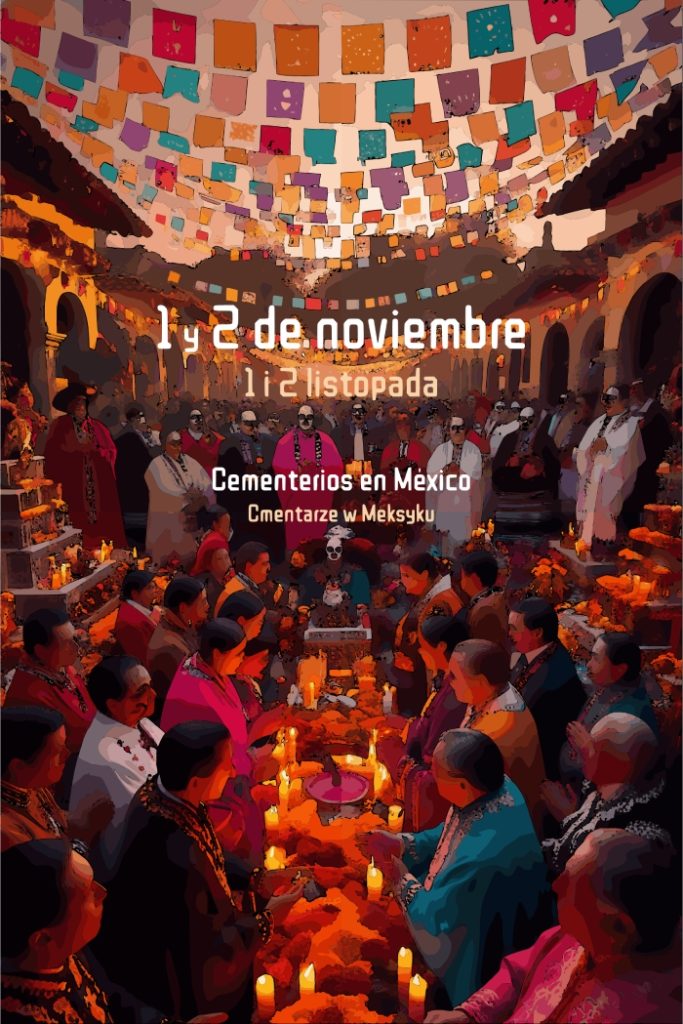
Cemeteries
The Day of the Dead is celebrated in Mexican cemeteries with vibrant, respectful rituals. Families gather at the graves of their loved ones to clean them and decorate them with flowers, candles, and often with the personal items of the deceased. The bright orange marigold flower is especially symbolic, as it’s believed that its fragrance and color help guide the souls on their way back to the world of the living. In addition to decorating the graves, candles are placed to illuminate the souls’ return, and some families bring food, drinks, and even live music, such as mariachi bands or traditional music, playing the favorite songs of the deceased in a heartfelt tribute.
The Day of the Dead celebration is divided into two days, each with a specific meaning. November 1st, known as All Saints’ Day or the “Day of the Little Angels,” is dedicated to deceased children, whose souls, according to tradition, return first to visit their families. The offerings for this day often include sweets, toys, and foods the children enjoyed in life, creating an atmosphere of tenderness and joy.
November 2nd, on the other hand, is the Day of the Faithful Departed, when it is believed that the souls of adults return to spend time with their loved ones. The offerings for adults are more elaborate, often including favorite dishes, traditional drinks like tequila or mezcal, and sometimes cigarettes. These two days are not only a time to remember and celebrate loved ones but also an opportunity to strengthen the bond between generations, reminding us that love and memory transcend death.
Cmentarze
Dzień Zmarłych obchodzi się na cmentarzach w Meksyku z barwnymi i pełnymi szacunku rytuałami. Rodziny zbierają się przy grobach swoich bliskich, aby je posprzątać i udekorować kwiatami, świecami oraz często osobistymi przedmiotami zmarłych. Kwiat aksamitki o jaskrawopomarańczowej barwie jest szczególnie symboliczny, ponieważ uważa się, że jego zapach i kolor pomagają duszom odnaleźć drogę z powrotem do świata żywych. Oprócz ozdabiania grobów, rodziny ustawiają świece, aby rozświetlić powrót dusz, a niektóre z nich przynoszą jedzenie, napoje, a nawet muzykę na żywo – jak mariachi czy tradycyjne melodie – grając ulubione utwory zmarłych w poruszającym hołdzie.
Świętowanie Dnia Zmarłych jest podzielone na dwa dni, z których każdy ma swoje znaczenie. 1 listopada, znany jako Dzień Wszystkich Świętych lub “Dzień Aniołków”, jest poświęcony dzieciom, które odeszły, a których dusze – według tradycji – wracają jako pierwsze, aby odwiedzić swoje rodziny. Ofiary składane tego dnia często zawierają słodycze, zabawki i jedzenie, które dzieci lubiły za życia, tworząc atmosferę czułości i radości.
2 listopada, z kolei, to Dzień Wiernych Zmarłych, kiedy uważa się, że dusze dorosłych wracają, aby spędzić czas ze swoimi bliskimi. Ofiary składane dorosłym są bardziej złożone i obejmują ulubione potrawy, tradycyjne napoje, takie jak tequila lub mezcal, a czasami również papierosy. Te dwa dni to nie tylko okazja do wspominania i celebrowania bliskich, lecz także szansa na wzmocnienie więzi między pokoleniami, przypominając, że miłość i pamięć wykraczają poza śmierć.

